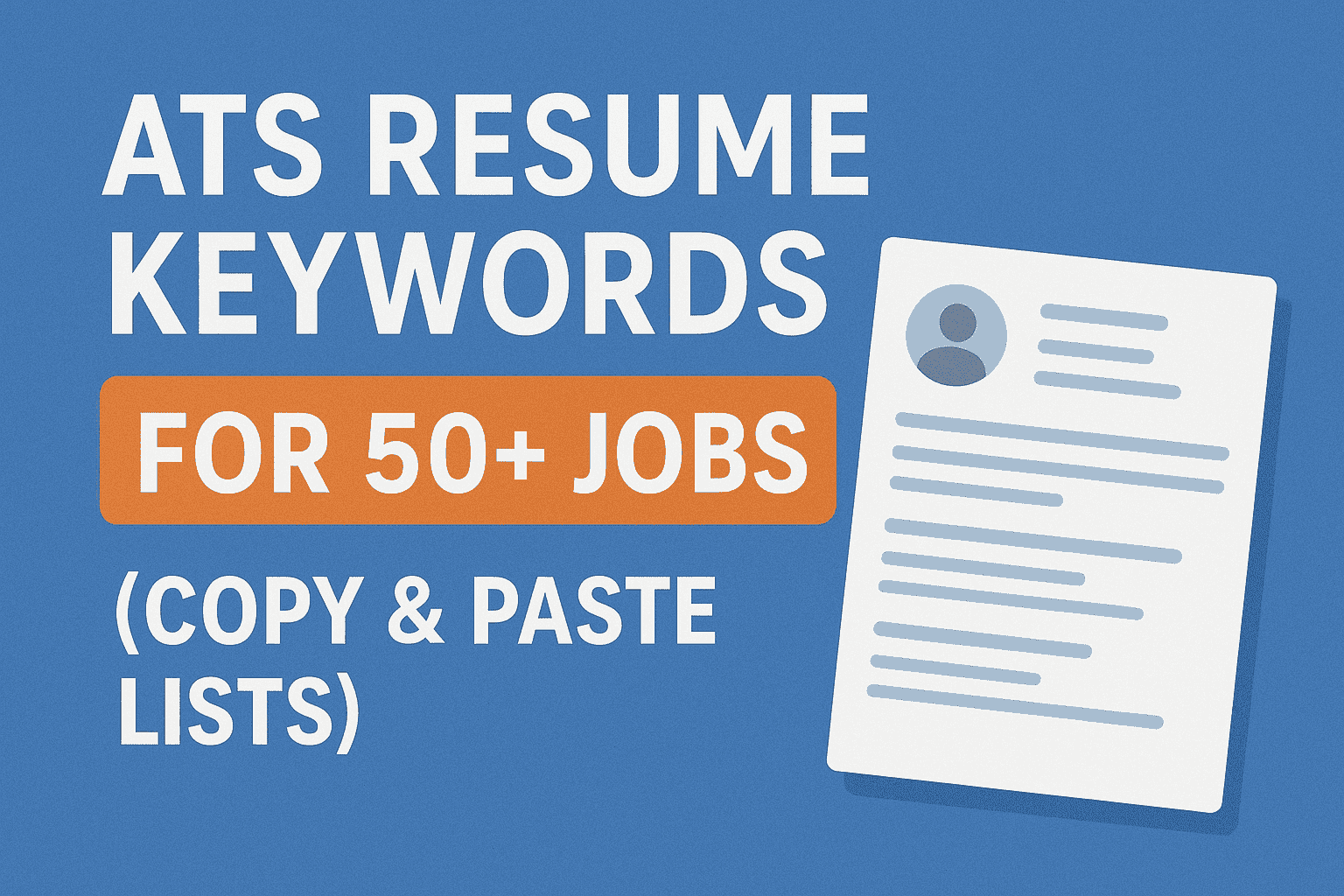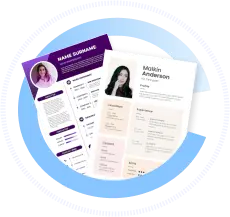PDF vs DOCX for Resumes in 2025: What Recruiters & ATS Really Prefer
In 2025, knowing the right resume file format to submit is crucial. PDF vs DOCX resume ATS is a common question because recruiters and Applicant Tracking Systems (ATS) have different preferences. Choosing the right format affects whether your resume gets read correctly and advances your job prospects.
| What to Do (Short Checklist) |
|---|
| Use DOCX when applying via ATS or online portals |
| Use PDF when submitting directly to recruiters if allowed |
| Avoid complex layouts, tables, images that ATS may misread |
| Test your resume parsing with both DOCX and PDF formats |
How ATS Parse Resumes Today
ATS extract text from resumes by reading the file’s underlying text layer. They then categorize content such as contact info, skills, work history, and education. Parsing challenges arise when:
- Text is embedded inside complex layouts or images
- PDFs are scanned images rather than selectable text
- Fonts or formatting confuse text extraction
- Required keywords or sections are hidden in headers or footers
ATS rely on clear, readable text rather than visual style, making file format and formatting critical.
PDF vs DOCX for Resumes in 2025 — Core Principles
| Aspect | DOCX Resume | PDF Resume |
|---|---|---|
| ATS Compatibility | Often preferred for ATS parsing—text is easy to extract when clean | Works if saved as “text-based” PDF, but some ATS struggle with complex or scanned PDFs |
| Visual Consistency | Formatting can shift depending on ATS or software versions | Preserves layout, fonts, and formatting exactly as designed |
| File Size | Typically smaller and editable | Can be larger, less editable |
| Submission Venue | Best for job portals and ATS systems | Best for direct recruiter or email submissions if allowed |
| Editing Access | Easy to update and customize | Difficult to edit without original DOCX |
In general, DOCX is safer for ATS parsing, while PDF is preferred for human readers to preserve visual appeal, provided the PDF is ATS-friendly.
Common Mistakes to Avoid
- Submitting image-based PDFs (scanned or print-to-PDF): ATS cannot read text from images.
- Using tables, columns, or multi-column layouts that break text flow in DOCX or PDF.
- Embedding fonts or special characters that do not render well or confuse ATS.
- Relying on headers or footers for important content, which many ATS skip.
- Uploading files with wrong extensions or corrupted formatting causing parsing errors.
Decision Aids
Resume File Format Decision Tree:
- Applying through ATS or online job board? → Use DOCX
- Submitting directly to recruiter / email? → Use PDF if ATS-compatible
- Unsure if PDF is text-based? → Convert clean DOCX to PDF, test parsing before submission
Checklist for Exporting Safely:
- Export DOCX from trusted editor (Word, Google Docs)
- For PDF, use “Save As” or “Export” to create text-based, not image-based PDF
- Avoid password-protecting PDF files
- Run ATS parsing tests after export
How to Test Your Resume (Parsing Checks)
- Upload your DOCX and PDF versions to free ATS resume checkers online.
- Verify if all content, especially keywords and sections, are detected accurately.
- Check for any missing or garbled text due to formatting issues.
- Adjust formatting or export settings based on the feedback.
- Use the format that scores best for your target application process.
FAQ
Q: Which file format is better for ATS?
A: DOCX is generally better because ATS parse text easily from it. Text-based PDFs can work but are less consistent.
Q: Can I just send a PDF resume?
A: Yes, if submitting directly to recruiters and if it’s a properly saved, text-based PDF. Avoid image-based PDFs.
Q: How do I know if a PDF is ATS-friendly?
A: Upload it to an ATS parser or resume checker tool to confirm text extraction.
Q: Should I keep both DOCX and PDF versions?
A: Yes. Use DOCX for online ATS applications and PDF for direct human submissions.


